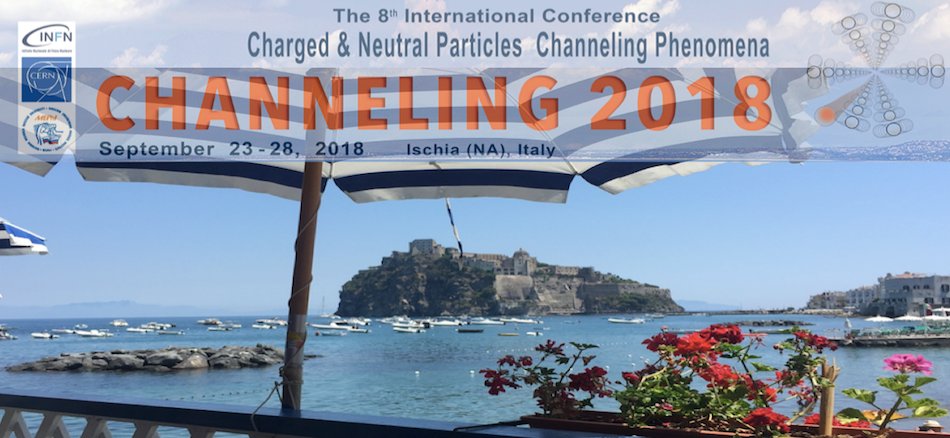Speaker
Dr
Timur Tukhfatullin
(National Research Tomsk Polytechnic University)
Description
The measurements of cross-sections of fusion reactions with ‘bare nuclei’ D(d, p)3H, D(d, n)3He, T(d, n)3He, 3He(d, p)4He, and D(3He, p)4He at astrophysical energies is of interest both for basic and applied physics [1]. These reactions participate in primordial nucleosynthesis. Information on the number of the D, T, 3He, and 4He nuclei formed in the early universe is used to characterize baryon density in today’s Universe. In addition, these studies provide information on electron screening of nuclear reactions. Electron screening potentials provide important information on the role of electrons in reactions induced by deuterons, tritons, and nuclei of helium isotopes that proceed in thermonuclear reactors in the energy range typical of nuclear astrophysics studies (kT ≈ 10÷100 keV), which in turn is of applied importance.
The D(3He, p)4He reaction was investigated at the pulsed plasma Hall accelerator (Tomsk) in the 3He+ ion energy range EHe = 16–34 keV (E = 6.41÷13.61 keV in the center-of-mass system) with a step of 2 keV [2]. The enhancement factor of the D(3He,p)4He reaction and the electronic screening potential Ue using ZrD targets with the Miller indices [111] and [100] was determined. The measured electron screening potential is seven times higher than in gaseous targets. In addition, the channeling effect contributes due to so-called “flux-peaking” of initial beam. Recently we investigated similar effects in reaction D(D,n)3He in TiO2 crystal [3]. The combined effects of electronic screening and channeling on D(3He, p)4He reaction in ZrD lattice have not been studied either theoretically or experimentally so far.
The goal of the present paper is the studies by means of computer simulations of proton yield enhancement in reaction D(3He,p)4He in deuterium saturated ZrD targets at (100) and (111) alignments. For simulations of 3He trajectories at channeling in a ZrD target the computer code BCM-2 [4] is used, which allows calculations of angular and spatial distributions of relativistic charged particles at channeling in the thin crystals [5]. Here, this code is adapted for heavy non-relativistic ions and the model to obtain the enhancement factor of reaction D(3He,p)4He is presented. The comparison with very recent experiment [2] on determination of enhancement factor in reaction D(3He,p)4He in aligned ZrD target is done.
References
1. P. Navrátil and S. Quaglioni. Physical Review Letters, 108 (2012) 042503.
2. V.M.Bystritsky, G.N.Dudkin, B.A.Nechaev et al. Pis’ma v ZhETF, 107(11) (2018)705.
3. T.A.Tukhfatullin, Yu.L.Pivovarov, G.N.Dudkin, Y.L.Eikhorn, S.I.Kuznetsov, Nucl. Instrum. Methods B 402 (2017) 236.
4. S.V. Abdrashitov et al. Nucl. Instrum. Methods B 402 (2017) 106.
5. Y.Takabayashi, Yu.L. Pivovarov, T.A. Tukhfatullin. Phys. Lett. B751 (2015) 453.
Summary
The goal of the present paper is the studies by means of computer simulations of proton yield enhancement in reaction D(3He,p)4He in deuterium saturated ZrD targets at (100) and (111) alignments. For simulations of 3He trajectories at channeling in a ZrD target the computer code BCM-2 [4] is used, which allows calculations of angular and spatial distributions of relativistic charged particles at channeling in the thin crystals [5]. Here, this code is adapted for heavy non-relativistic ions and the model to obtain the enhancement factor of reaction D(3He,p)4He is presented. The comparison with very recent experiment [2] on determination of enhancement factor in reaction D(3He,p)4He in aligned ZrD target is done.
Primary author
Dr
Timur Tukhfatullin
(National Research Tomsk Polytechnic University)
Co-authors
Dr
G. Dudkin
(bNational Research Tomsk Polytechnic University, Tomsk, Russia)
Dr
M. Filipowicz
(Faculty of Energy and Fuels, AGH, University of Science and Technology, Krakow, Poland)
Dr
Sergey Kuznetsov
(Tomsk Polytechnic University)
Dr
V. Bystritsky
(Joint Institute for Nuclear Research, Dubna, Russia)
Prof.
Yury Pivovarov
(National Research Tomsk Polytechnic University)

